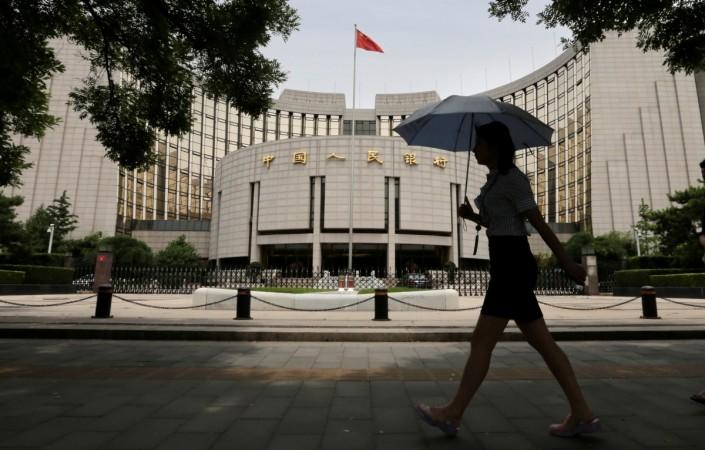
China's central bank said on Tuesday that it will extend a preferential scheme for some banks that will free up additional funds for lending, as long as they channel money to weaker, cash-starved sectors of the economy.
But it also warned that some banks will no longer enjoy such preferential treatment after a recent review found they had failed to adhere to "standards" intended to channel loans more directly to rural areas and small companies.
The statement confirmed a Reuters report on Monday that the central bank is extending a programme that allows financial institutions that support rural finance and small enterprises to apply for a lower required level of cash reserves.
Many Chinese banks are reluctant to lend to small, private firms, which are considered riskier than state-owned companies, and to farmers who have little collateral, though the government has launched a pilot scheme to allow farmers to use their land and property to help secure loans.
The People's Bank of China (PBOC) launched a programme in 2014 that allows banks to apply for a lower reserve requirement ratio (RRR) if they meet certain criteria for lending to more vulnerable areas of the economy.
RRR is the amount of cash as a percentage of deposits that banks must park at the central bank as reserves.
The PBOC said on Tuesday it had recently completed an assessment of banks' compliance with the scheme, and noted that most had met the requirements.
While some banks that failed to meet the official standards will no longer qualify for lower RRR rates this year, others that previously did not enjoy preferential RRR rates will be allowed to join the scheme, the PBOC said.
"The results of the assessment will be both upwards and downwards (adjustments to reserve rates), which is conductive to the establishment of positive incentive mechanism," it said.
The adjustments will take effect on February 27.
As part of efforts to support the slowing economy, the PBOC made five system-wide cuts in reserve ratios between February 2015 and February 2016, bringing down the level for major banks to 17 percent.
On top of that, it has cut reserve ratios more sharply for some banks to encourage more lending to struggling sectors.
While China's bank lending hit a record high last year, many small businesses and farmers remain in desperate need of funds.
Recent central bank moves to raise short-term interest rates to help rein in debt risks could add to banks' reluctance to increase their exposure to smaller borrowers.

















